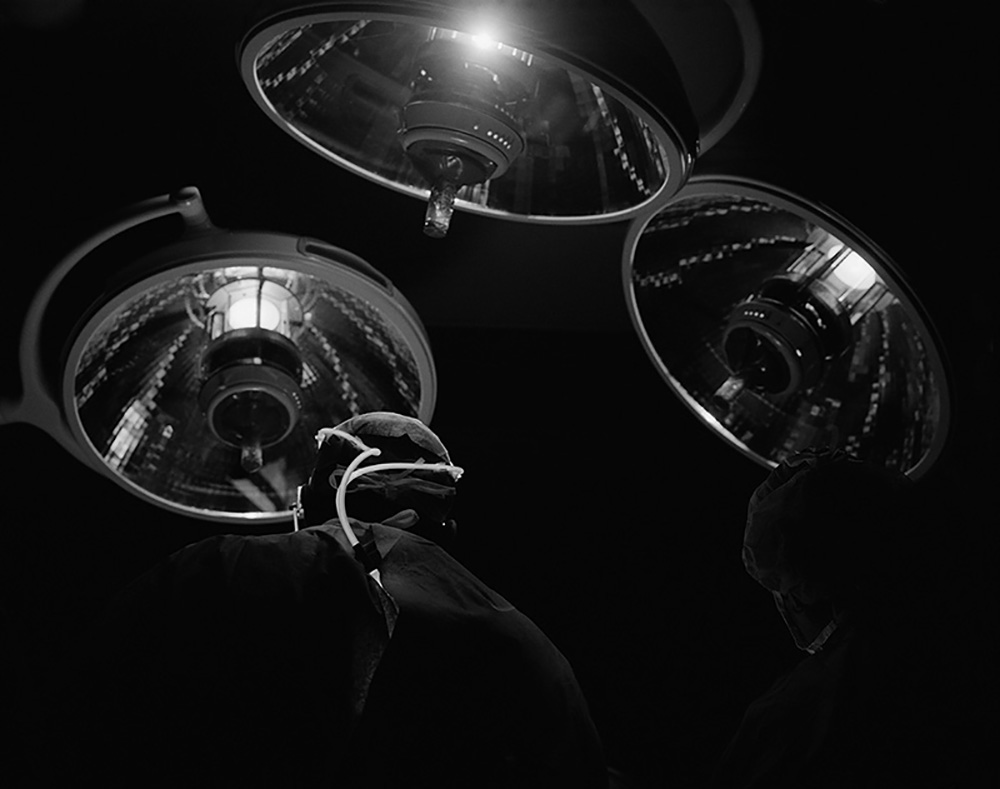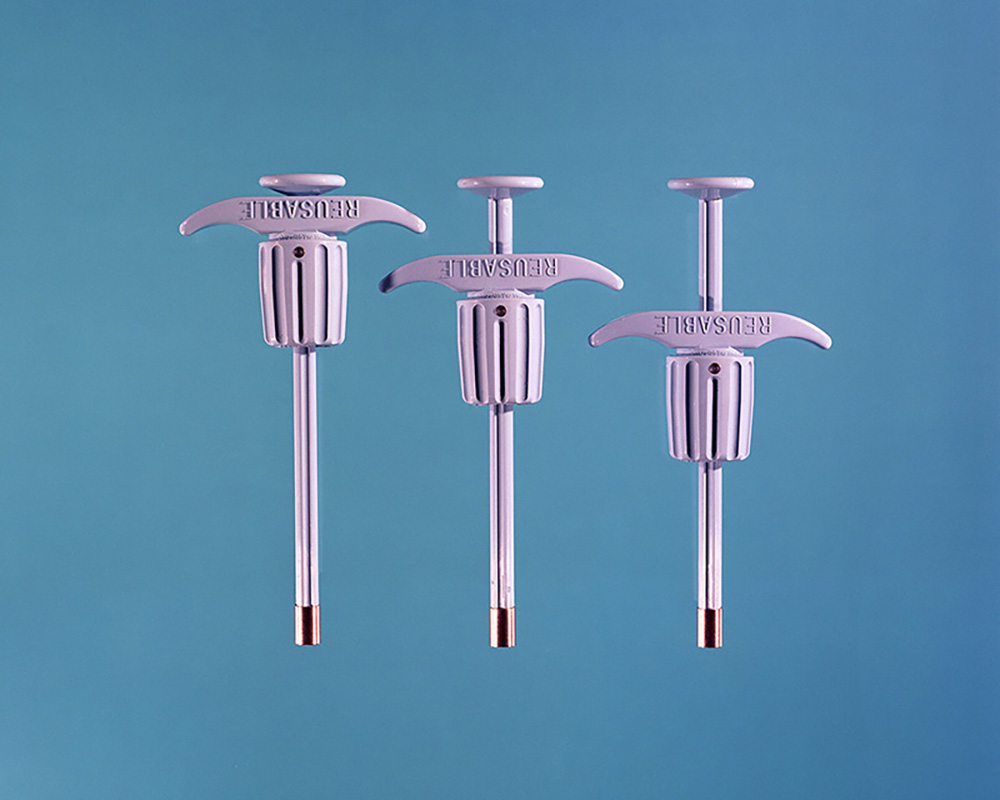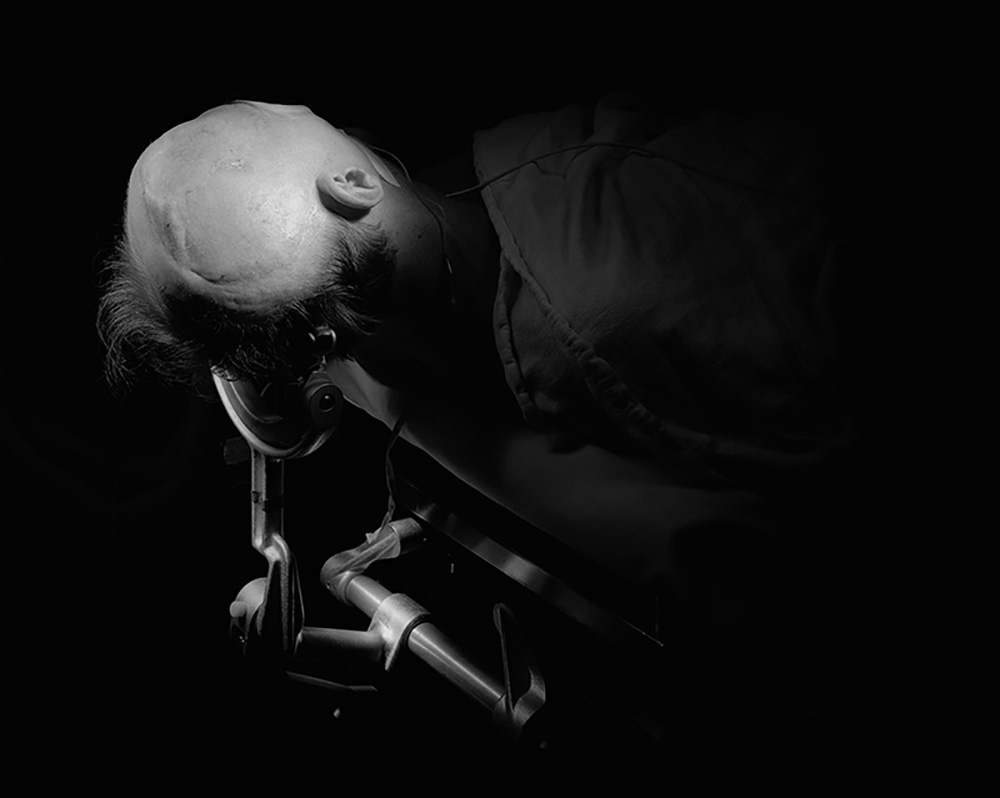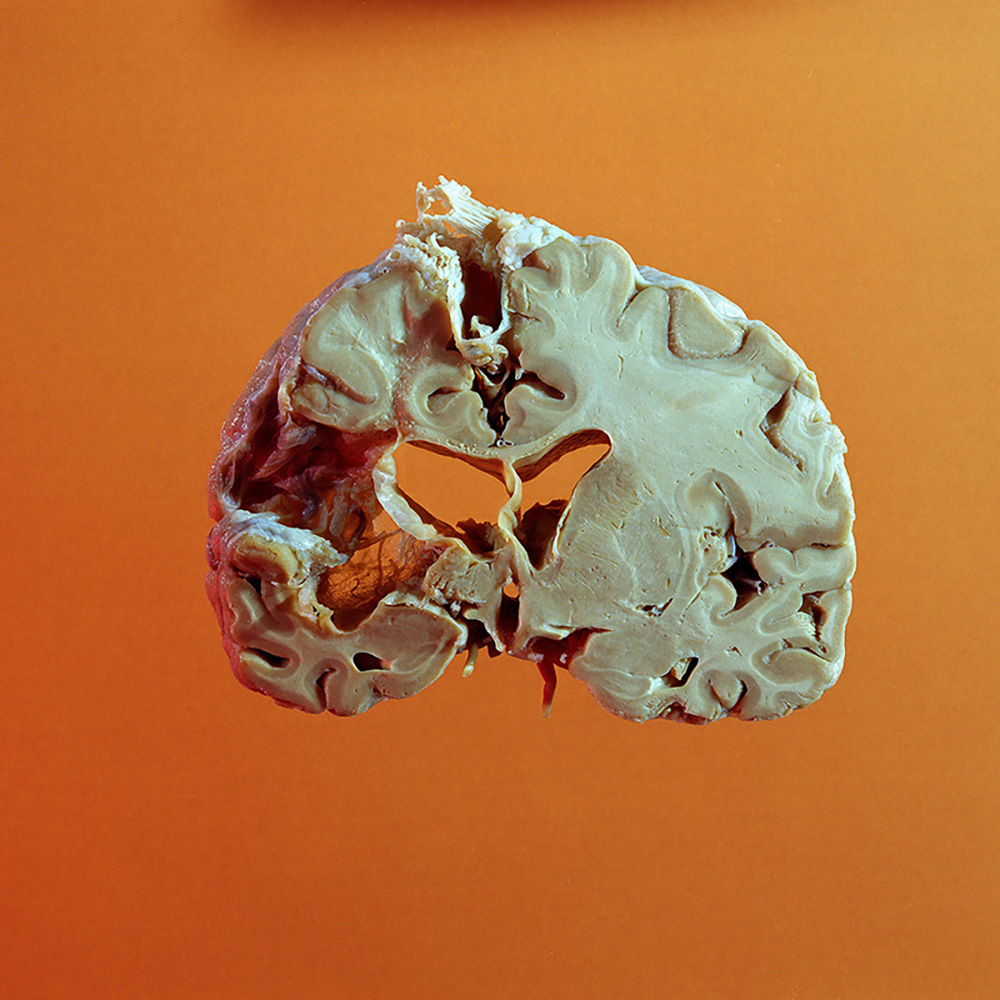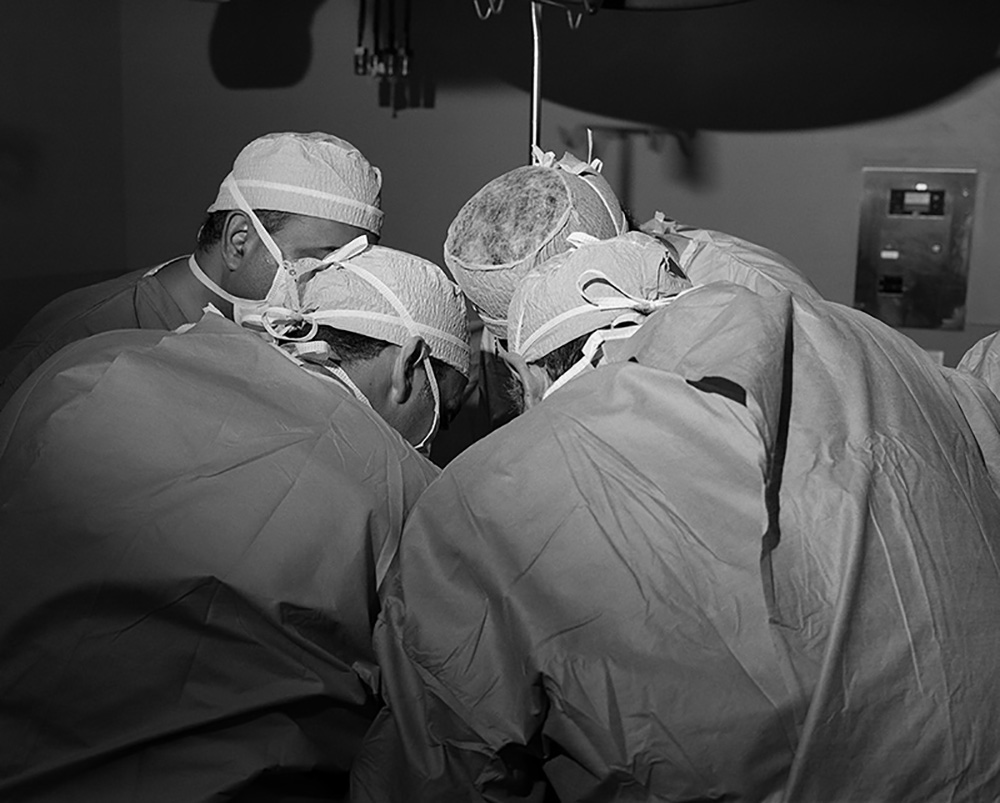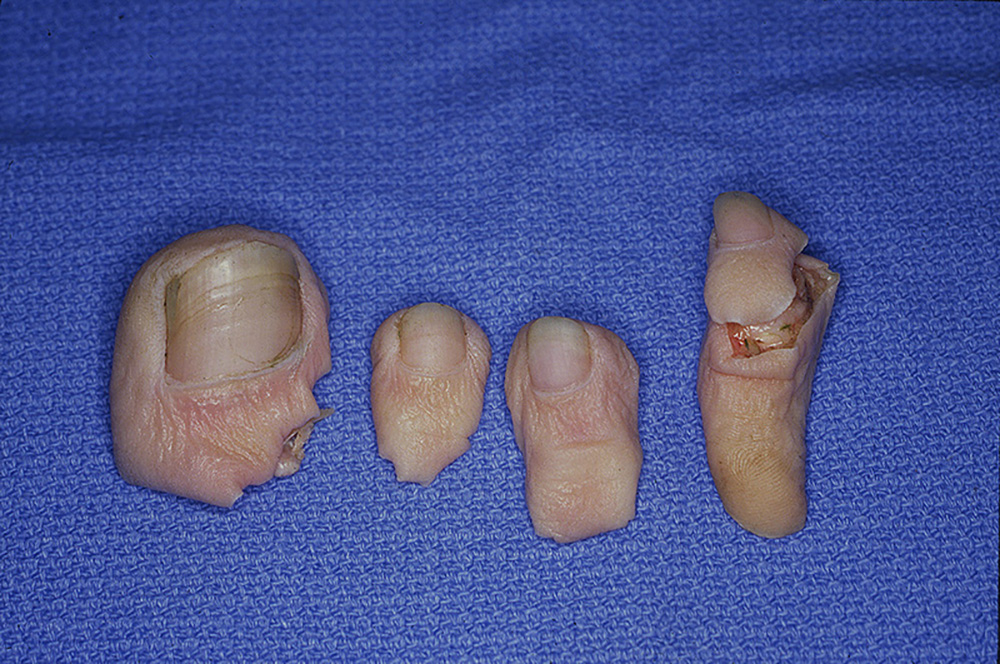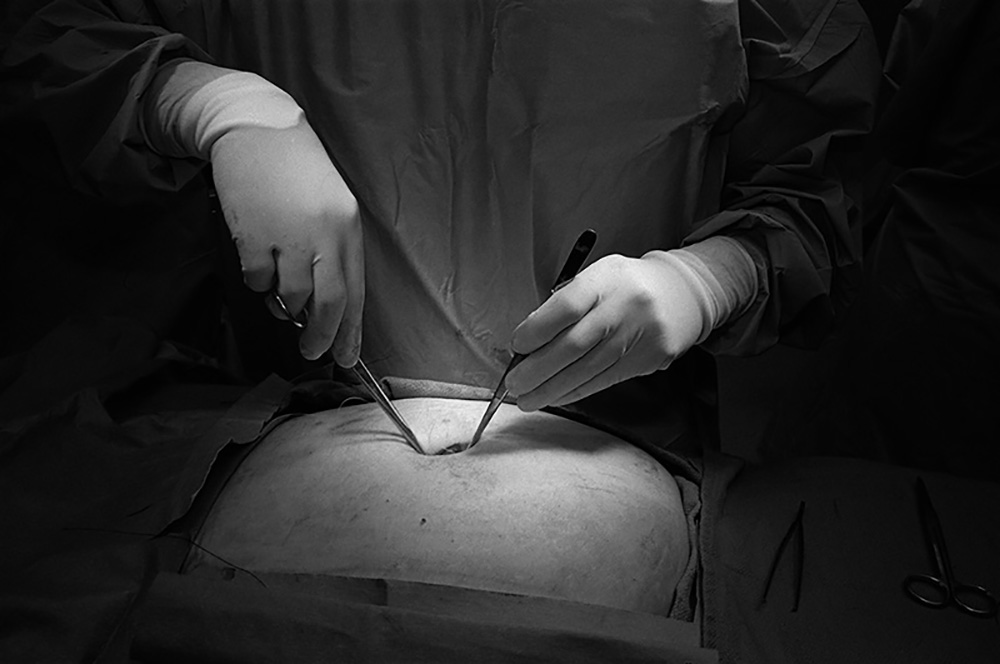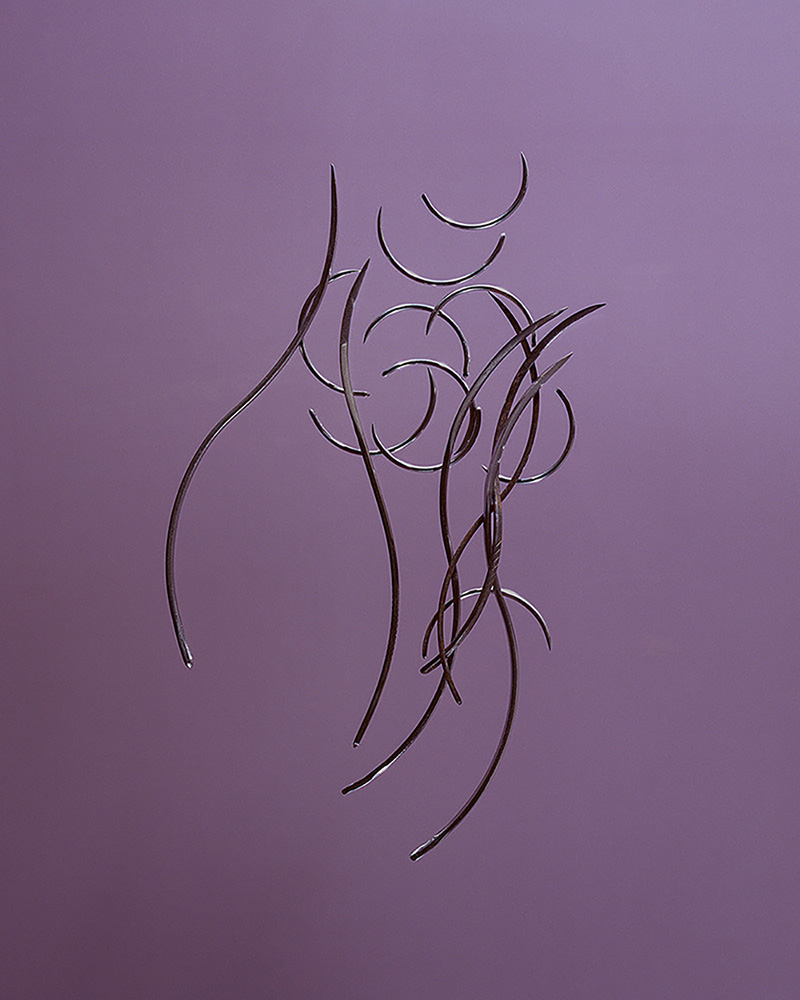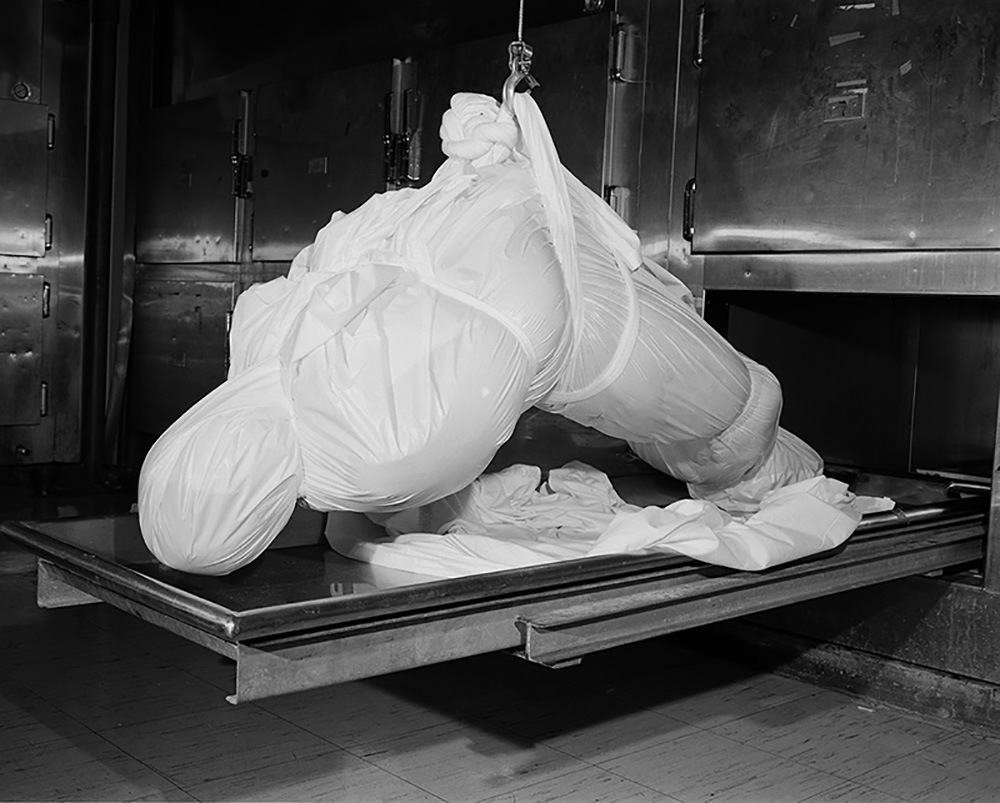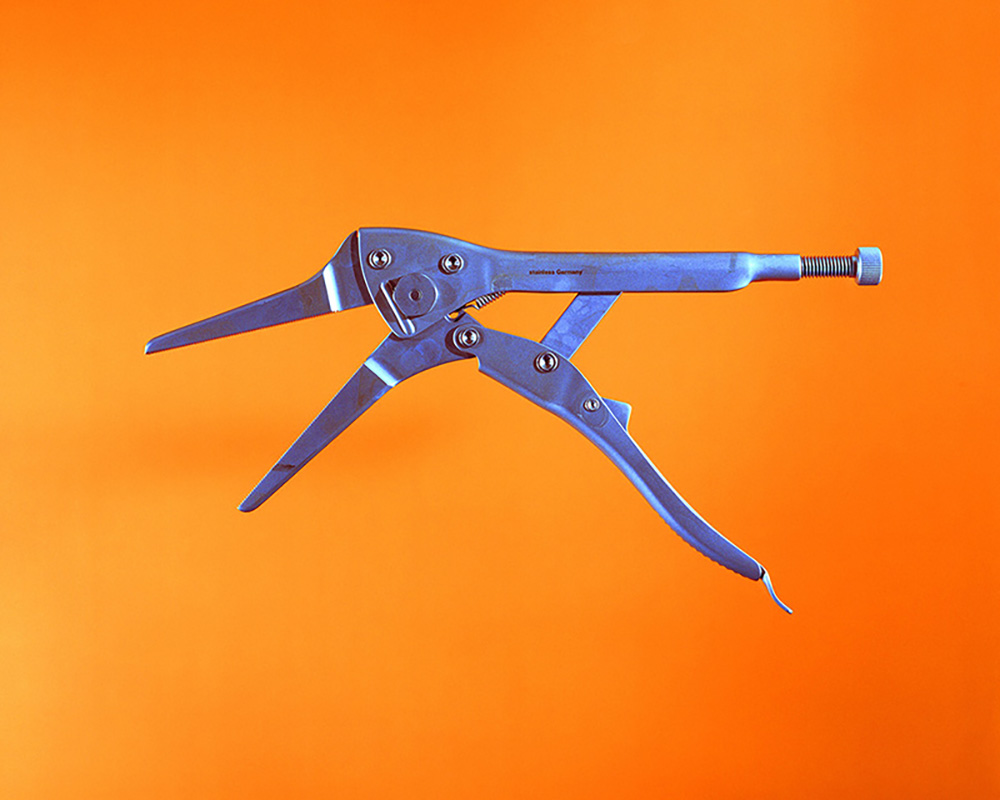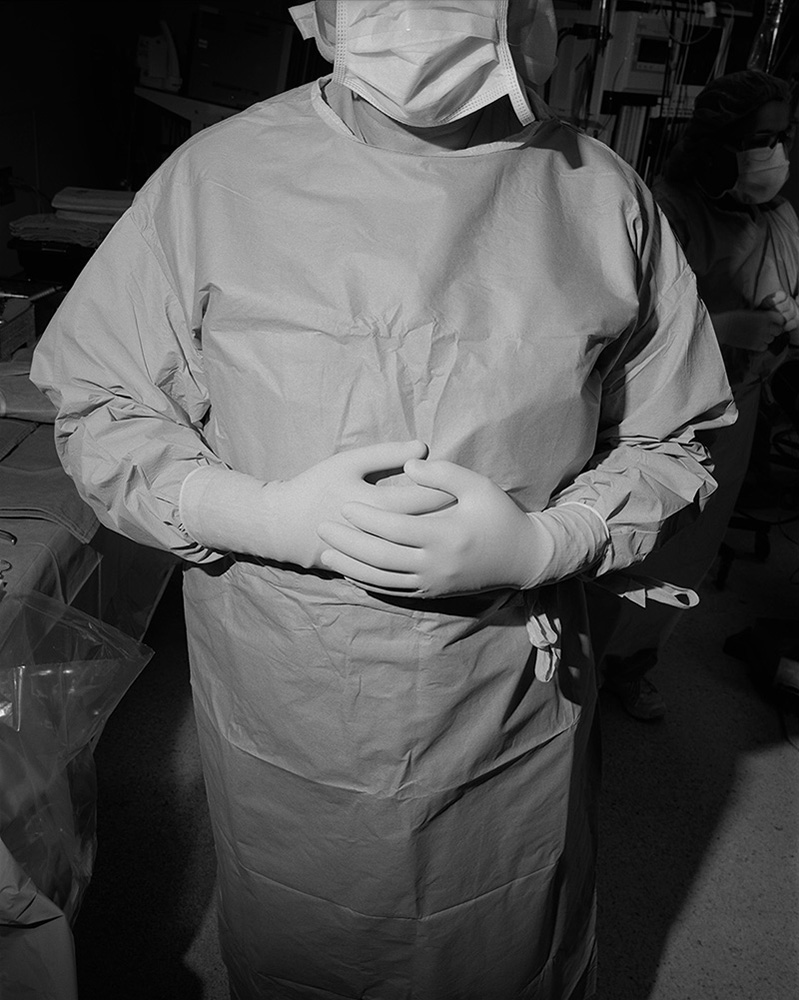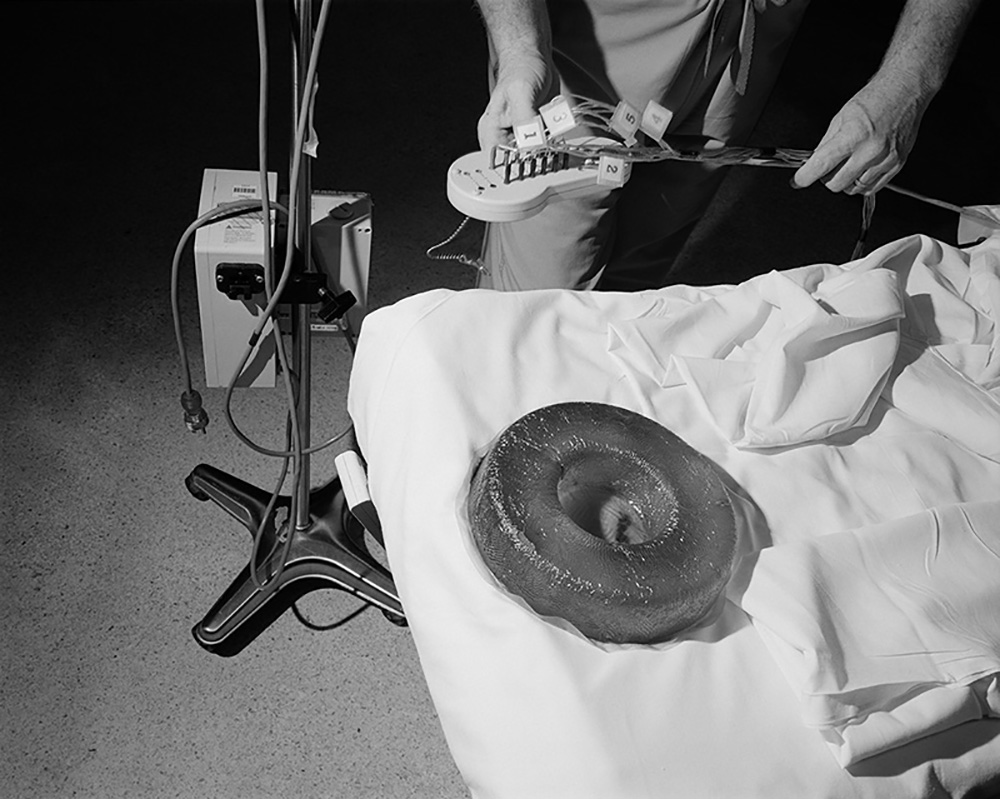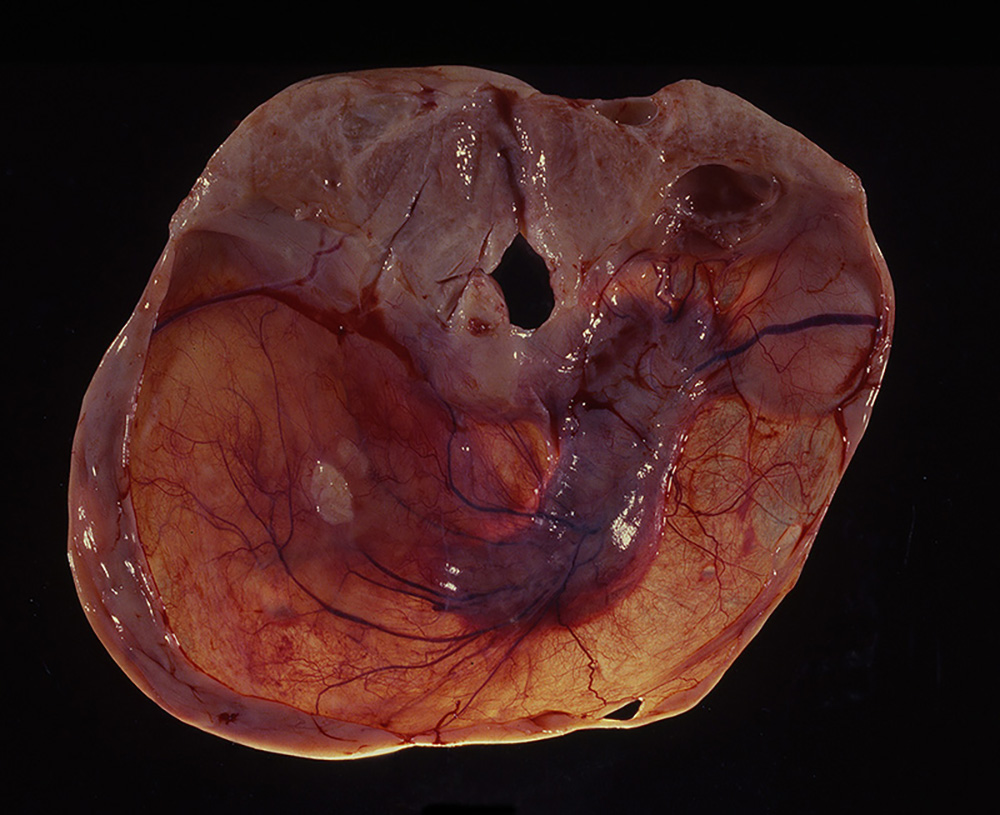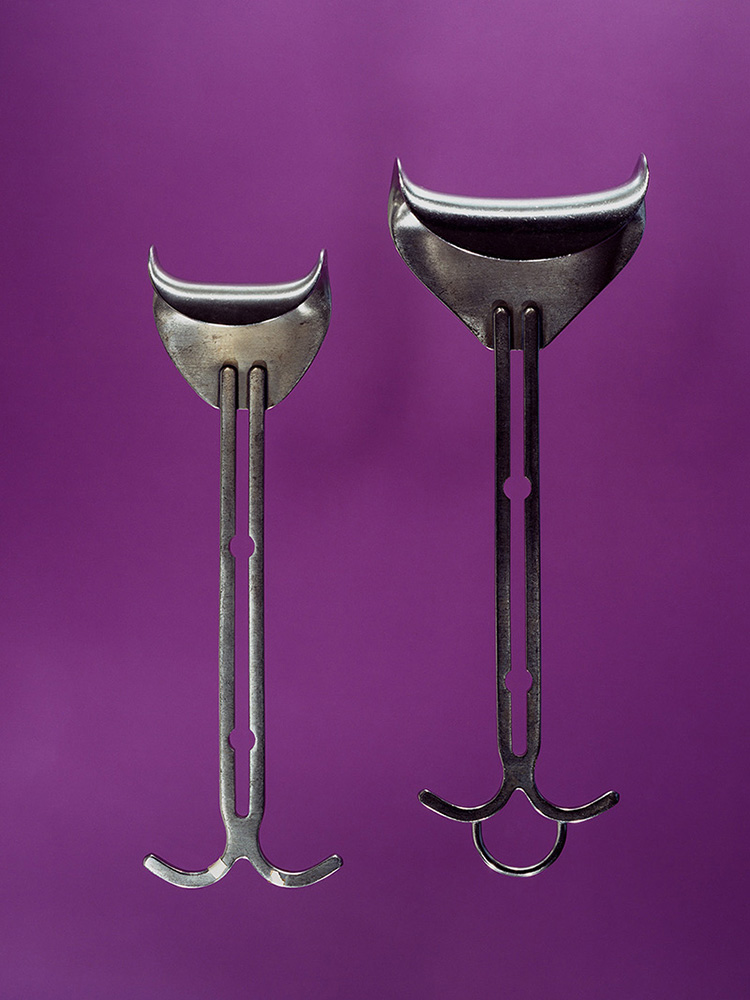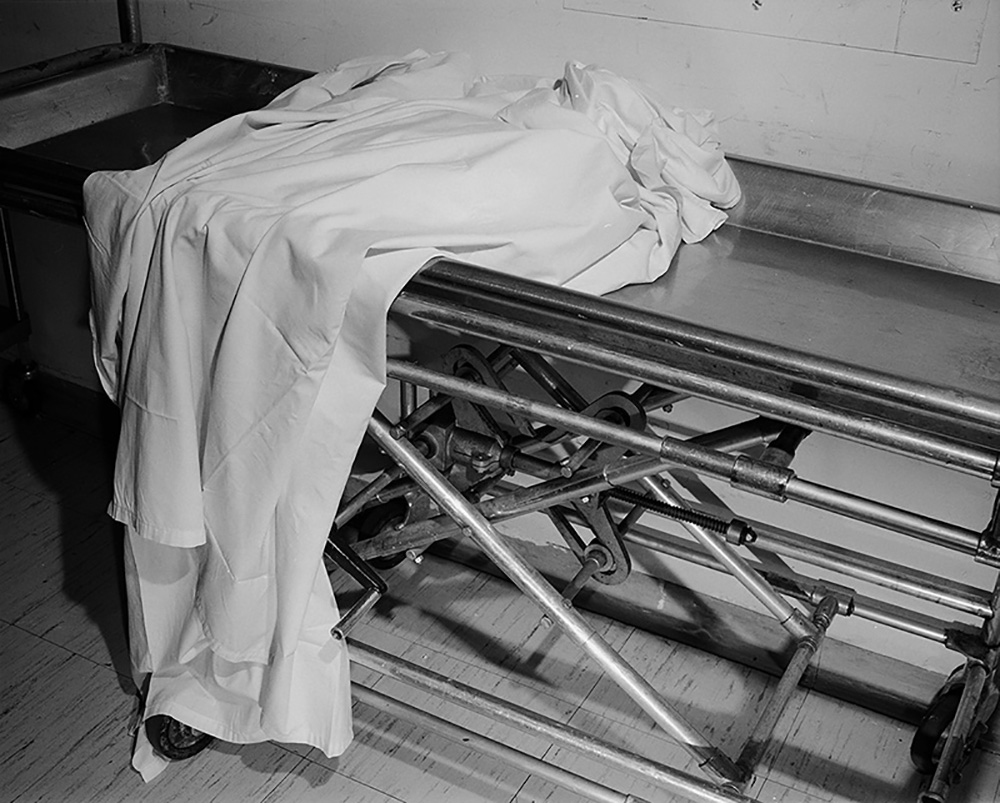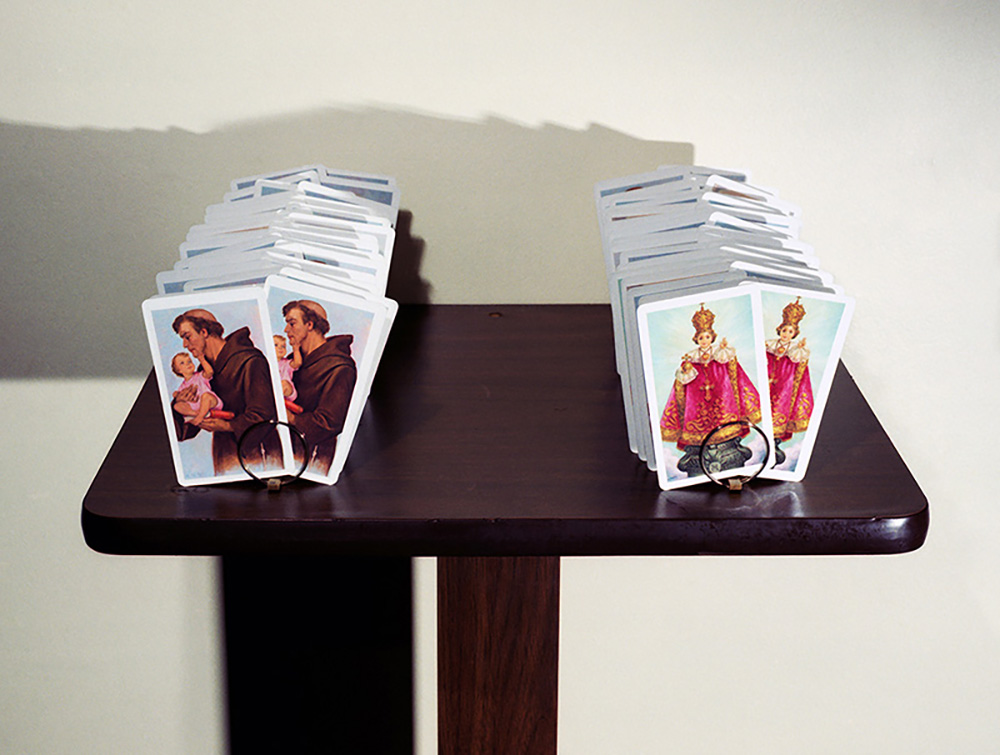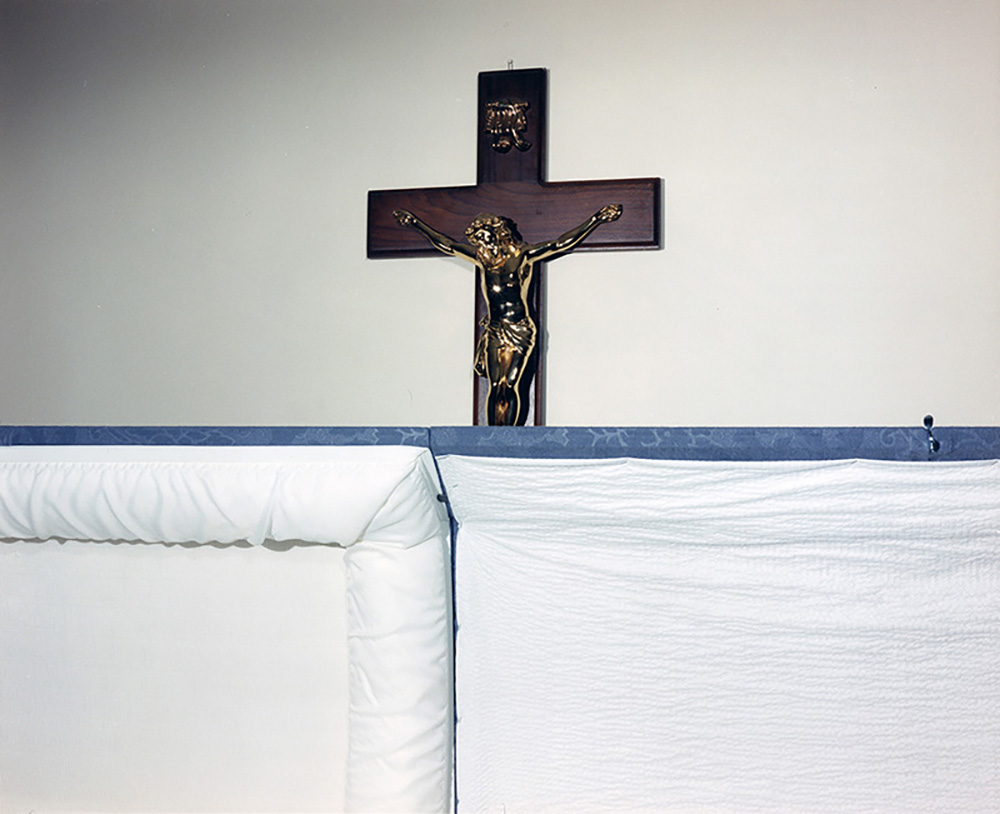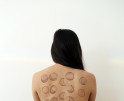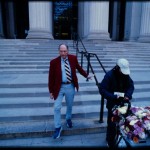Tony Chirinos: Experiencing Death
Experiencing Death by Tony Chirinos was selected from our most recent call-for-submissions. I was pleased to interview Tony to gain further insight into this body of work.
Tony Chirinos received a Master of Fine Arts from Columbia University in New York. Trained as a Bio-medical photographer in 1985 at Miami Children’s Hospital, later in 1989 Mr. Chirinos created the Medical photography department at Baptist Health Systems in which he worked as the Director until his departure in 2001. Mr. Chirinos is a Fellow of the South Florida Cultural Consortium. His work has been exhibited at Photomonth 2016, Krakow Poland, Candela Books + Gallery, Richmond Virginia; The Leroy Neiman Gallery in New York, NY; Hunter College/Time Square Gallery; Centro Colombo Americano in Bogotá, Colombia; Silver Eye for Photography, Pittsburg, PA; Newspace Center for Photography, Portland Oregon; The Center for Fine Art Photography, Fort Collins, Colorado; SRO Photo Gallery at Texas Tech University; UNO St. Claude Gallery, New Orleans; Photo Center NW, Seattle Washington; The Center for Photography at Woodstock, New York; Martin and Pat Fine Center for the Arts in Miami Florida; Art Miami, South Beach, Florida; and Ism-Gallery, Wynwood Art District Downtown Miami Florida among others. Mr. Chirinos participated in the III Bronx Latin American Art Biennial with his series Lost Structures. The series Cocks has been featured in photoeye.com under Photographer’s Showcase®, Portfolio & Interview: Tony Chirinos’ Fighting Cocks in blog.photoeye.com and in finitefoto.com Issue seventeen: Vice. Tony Chirinos was among 100 photographers that participated in Review Santa Fe 2012 and 2018, which is the premier juried portfolio review event in the world. Most recently Mr. Chirinos participated in the Fourth Annual New York Portfolio Review sponsored by New York Times Lens blog. Mr. Chirinos also received an Honorable Mention under the Documentary Category in the Blurb’s Photography Book Now 2011 Competition. His work has been collected by Indie Photobook Library – Washington DC, Candela Collection – Candela Books + Gallery, Richmond Virginia, CPW – The Center of Photography at Woodstock, Woodstock, New York; Light Work, Syracuse, New York; Photographic Center Northwest, Seattle, Washington; Enfoco, New York, New York, Cuban American Phototheque Foundation, Miami Florida and Mount Sinai Medical Center, New York. Mr. Chirinos is currently an Associate Senior Professor at Miami Dade College Kendall Campus in Miami Florida, he has been teaching photography since 2003.
Experiencing Death
As a hospital photographer for 15 years, death played out in the surgical suite many times right in front of me. Since that very first time, I became fascinated and deeply affected by both the drama and utter ordinariness of the process. Surgery was like an opera; the actors, props, stage and lighting all hinging viscerally to the end of each patient’s story here on earth. It is this drama, this intense moment of transformation and the mystery of the unknown, the beauty and the tragedy, that I seek to capture in my images.
In my work, death is the quiet context and the constant, the slow and steady pulse that is as much a part of living as that first heartbeat of new creation. Death always reaches out to us in ways that are tangible; it circles and surrounds us as surely and solidly as life itself.
These photographs illuminate my personal memories and experiences of death, and hopefully give voice to our collective understanding of it. My intention is to bring to the conscious conversation the truth that living is both a luxury and a dilemma; the more time any of us have on this earth, the closer and more noticeable death becomes.
Experiencing death is an ongoing and deeply personal project. The purpose of my work is to create a visual narrative for a story that examines rather than shy’s away from how precious life is and that, despite how cold and finite death may seem, it is a vital and integral conclusion of a story that can’t ever be fully told without including it.
Rather than the gore that reduces death to little more than a spectacle, my desire is to witness it with the awe and gravity that it deserves. Many religions tell us that our souls ascend to heaven but, even if they do, do we take our knowledge, our memories, our very selves, with us? And if we cease to exist at our moment of death as much of science and medicine dictates, what then of us is retained in the memories of our existence when left behind as photographs?
Daniel George: You worked as a hospital photographer for many years. At what point did you determine that what you were seeing and recording had a value that warranted sharing outside of the medical community?
Tony Chirinos: I wish that I can take credit for first thinking that my medical images warrant sharing with the world, but I am not. The art history and photo history show that many artists such as Leonardo Da Vinci, Thomas Eakins, Andres Serrano, and Max Aguilera-Hellweg to name a few were interested in sharing their images with the world. Even when I started as a medical photographer, I knew that my images were different than what I saw in other medical journals. My images are beautiful to look at. I work really hard to make something that has a negative preconceive perception to look pleasing to the eye. I can’t speak for these artists just mentioned but what I feel is the most interesting aspect of my project is the relationship that I have with death and the fact that people died right in front of me. There is a looming death feeling in the air in all of my images.
DG: During this time, you mention that you were both fascinated and deeply affected by the ways in which death regularly played itself out in front of you. I imagine this experience was similar, in a way, to the effect your photographs have on the viewer. Tell me more about the lasting impact you felt this had on you.
TC: I believe that what I felt by experiencing death in the surgical suite and in the morgue would be hard to duplicate by the viewer unless the viewer has experience that same. I can tell you that there is time that PTS sinks in when I look back at some of my images because my experience comes to life. I had to seek therapy in two situations when I was a medical photographer, one happened in surgery and one in the morgue. The surgery situation was of an 10-year-old boy who I befriended photographing him for several months in his hospital room. The boy was very sweet, kind and very assure of himself that he was going to leave the hospital to enjoy all the things a 10-year-old boy would. He did not make it out of surgery and as I am writing these words, I feel the hurt in my heart with the same intensity as the day he died. The morgue situation was of a man who died during a traffic accident, he was driving a motorcycle. Before I started to photographically document the morgue, the first picture taken was always of the toe tag which had all the patient’s information, such as, name height, weight, date of birth, etc., etc. I was forced to face my own mortality because the man that was laying on the morgue table dead was born on the same month, day and year as mine. It hit me like a rock. In the end, what I want to accomplish with all of my images is for the viewer to feel some kind of visceral respond that would make the viewer think. Robert Frost says it best, “No tears in the writer, no tears in the reader. No surprise in the writer, no surprise in the reader.”
DG: You write that your desire is to highlight the awe and gravity of death, rather than reduce it to mere spectacle. How do you feel your images accomplish this task?
TC: Well, to start, not that many people have had the chance to be in surgery or the morgue as a spectator. So, I am very aware that the images I make would be of a situation that most people have not seen or experience. Death is an event that does not discriminate, and we are all going to experience it. Each person that has died had an historical life, one with ups and downs and events some special and some not that were documented in photographs. When I think about this, it makes me respect each person that I had the fortunate to photograph during the process of dying. Death could very well be documented as cold as a butcher shop, but I choose to respect the body as a human being that was somebody special for someone, someone that had a life. Life is a theater and my photographs have all the components, lighting, props, performers, attire, plot visual language and the stage.
DG: How has this project evolved over time, and where do you see it going from here?
TC: It’s coming to an end, I see it in a book format that would hopefully become a solo show in some institution that would take the risk to challenge the audience to see this work.
DG: At the end of your artist statement, you ask a question of the viewer—alluding to the photograph’s value as evidence of existence. What are your thoughts on the topic?
TC: For me, memories and photographs go hand and hand. Do we really remember events without the photograph or the image that has been made in our brains? In John Szarkowski’s Photographer’s Eye, Mr. Szarkowski alludes to, “Holgrave was right in giving more credence to the camera image than to his own eyes, for the image would survive the subject, and become the remembered reality”. My beautiful mother has so many family albums of me and my brothers and our lives growing up. I once asked her why so many photos and she answered that her life and life experience would not exists if it was not for the photographs. For my mother all the photographs are real, and they have replaced the events.
Posts on Lenscratch may not be reproduced without the permission of the Lenscratch staff and the photographer.
Recommended
-
Nathan Bolton in Conversation with Douglas BreaultJanuary 3rd, 2026
-
Salua Ares: Absense as FormNovember 29th, 2025
-
Ricardo Miguel Hernández: When the memory turns to dust and Beyond PainNovember 28th, 2025
-
Pamela Landau Connolly: Columbus DriveNovember 26th, 2025

